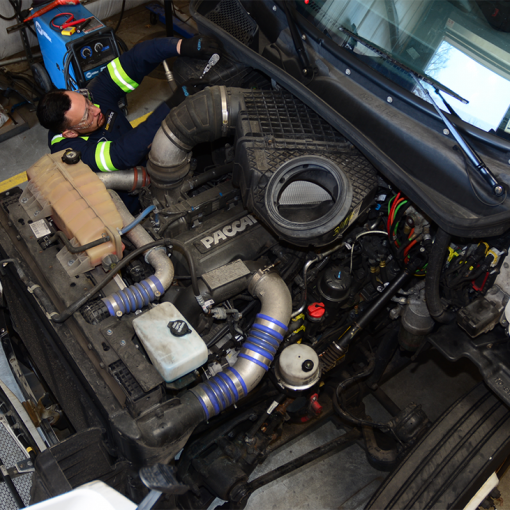Originally published in FleetOwner
You’re doing a good job not only scheduling preventive maintenance service for your vehicles but making sure those trucks actually get into the shop each time a PM service is needed, meaning your PM compliance is high.
Good for you; that is only the first step in a thorough PM program. Your PM inspection reports contain a wealth of data that you can use to understand the health of your fleet, spot wear trends, begin to be more proactive about maintenance and repair and even improve your vehicle specs.
When you track and analyze data from all of your maintenance and repair appointments on an asset-by-asset basis, you can begin to see patterns. You will gain insight into which trucks by make and model are performing well in your operation and which are not.
You can even look at the data at the component level to see how different brands of a certain component are performing and begin to spot wear trends. Once you start to see that a component fails consistently at a certain mileage, you can proactively bring vehicles with that component in for service prior to that mileage milestone. This allows you to replace or repair the component before you have an on-road breakdown.
You also should review the data you collect from your maintenance and repair events prior to ordering new trucks. You can modify specs as needed to get a truck that will operate more efficiently in your specific duty cycles.
There is a gold mine of information in your maintenance and repair data. Make sure you are capturing information every time a vehicle is in for service and then use the service histories of all your vehicles to help you improve your operations in a number of different areas.





